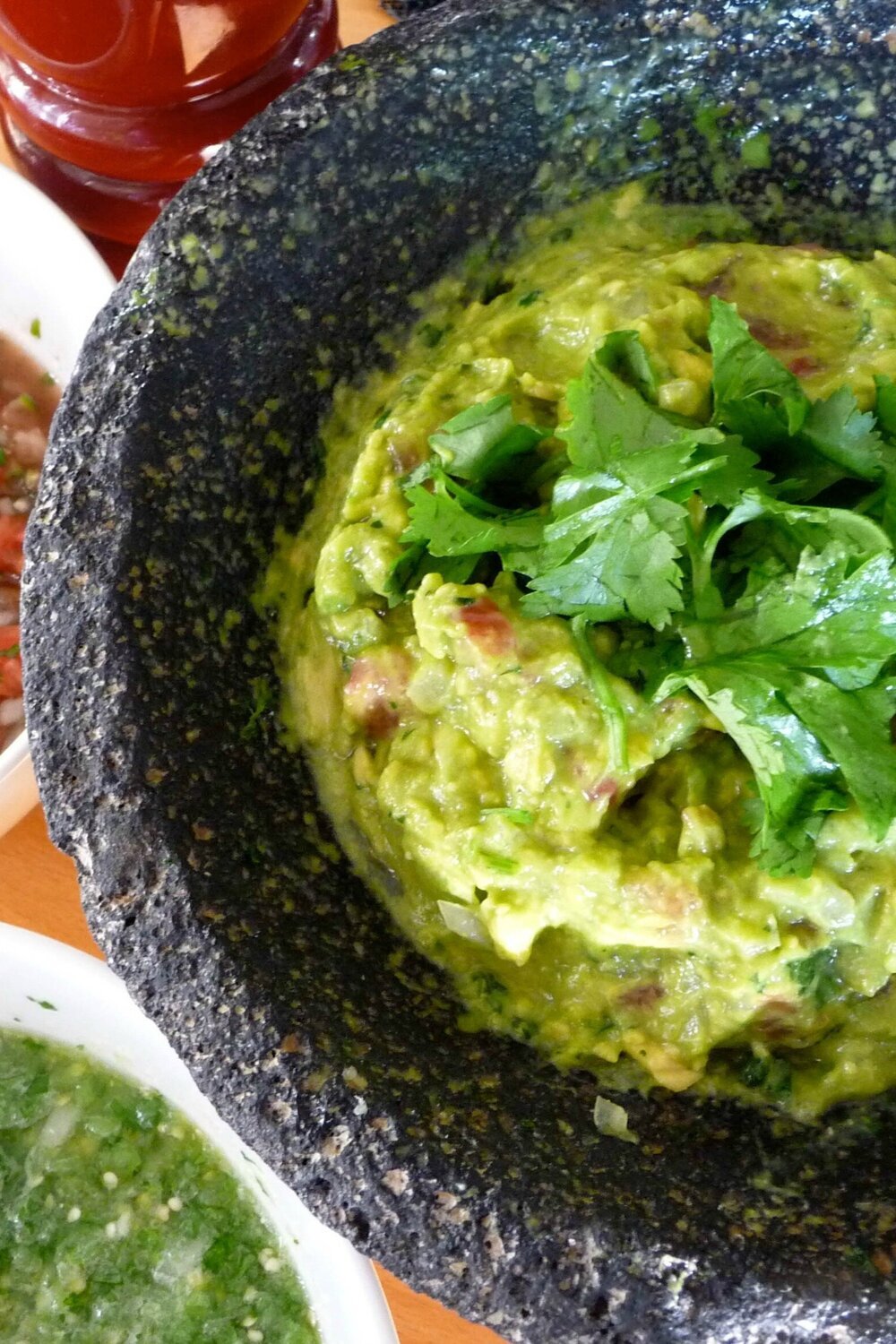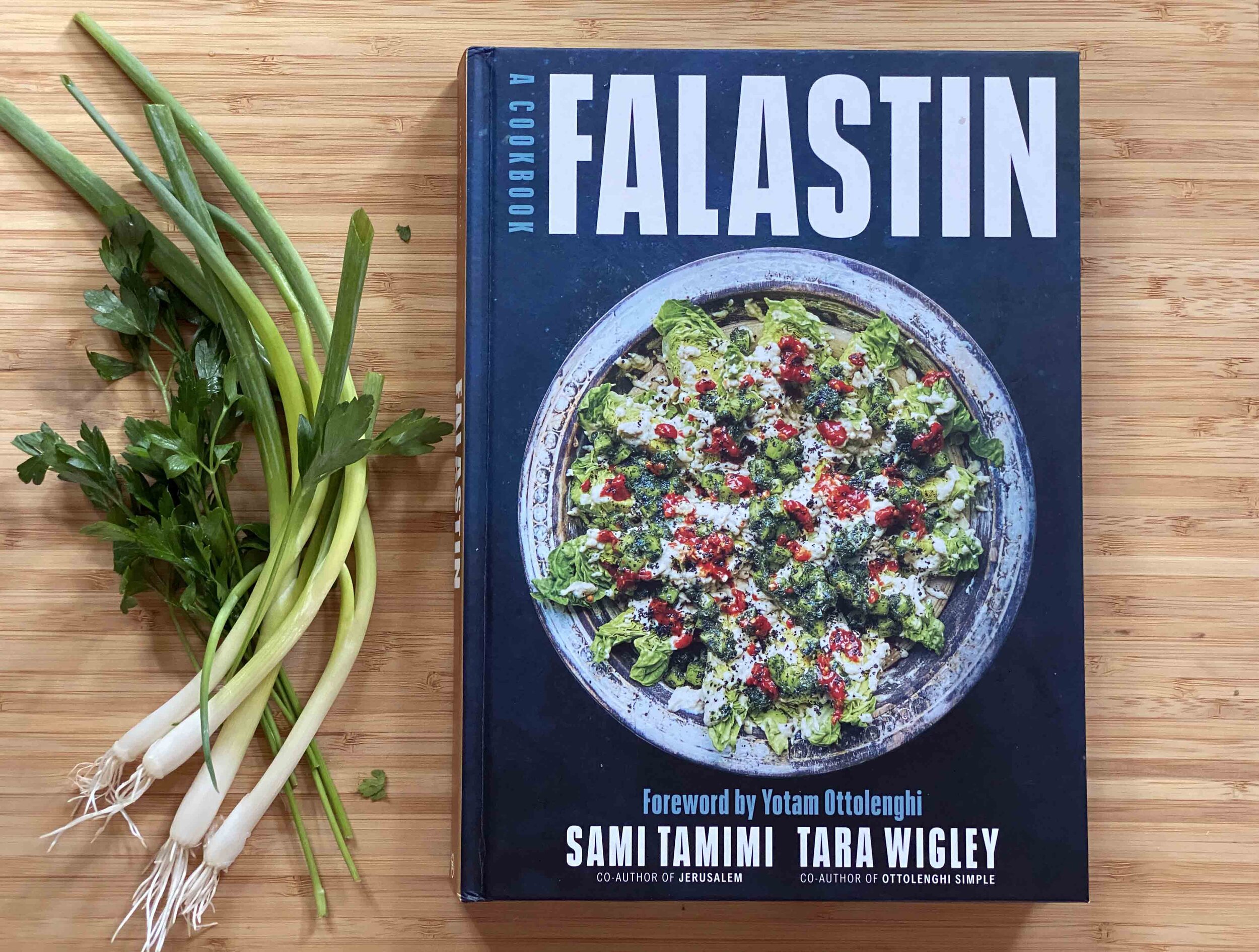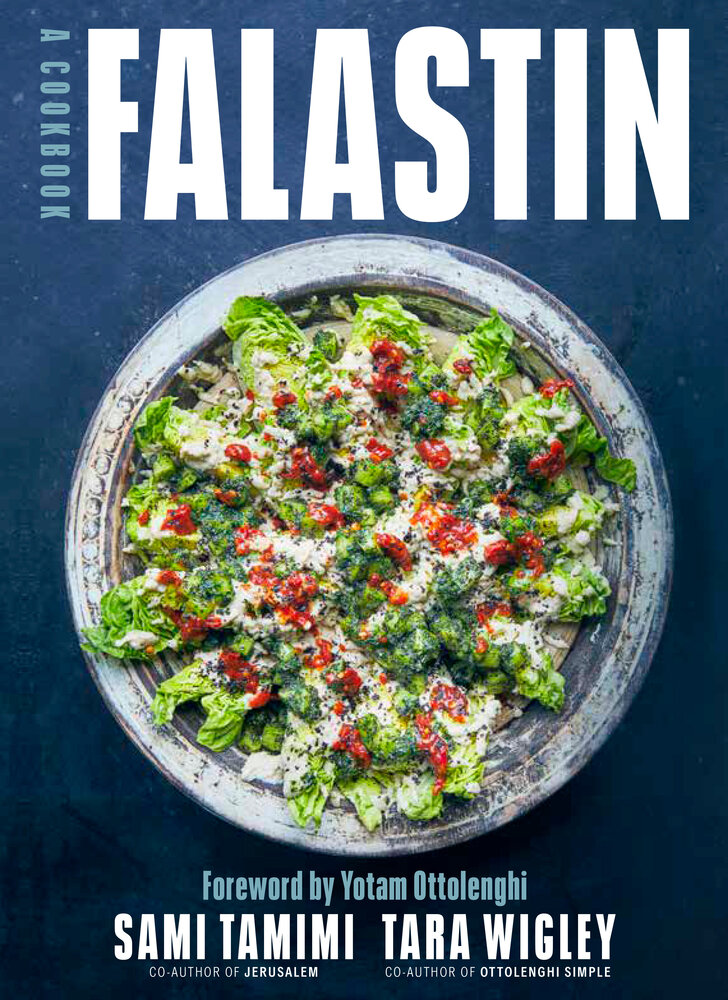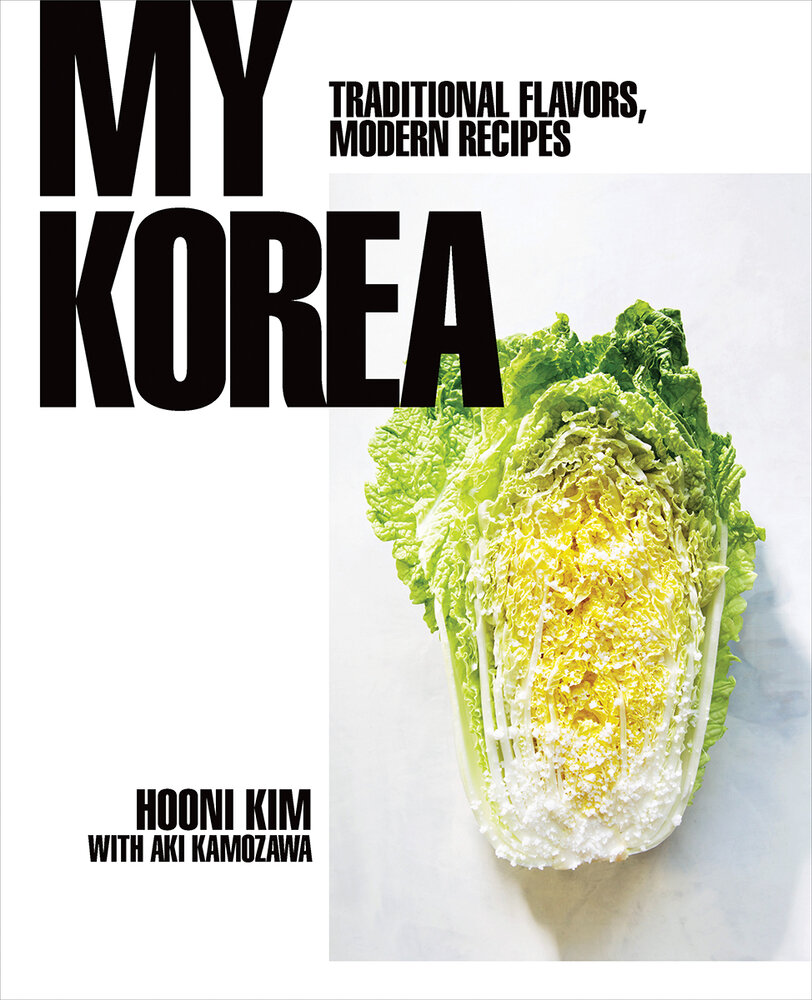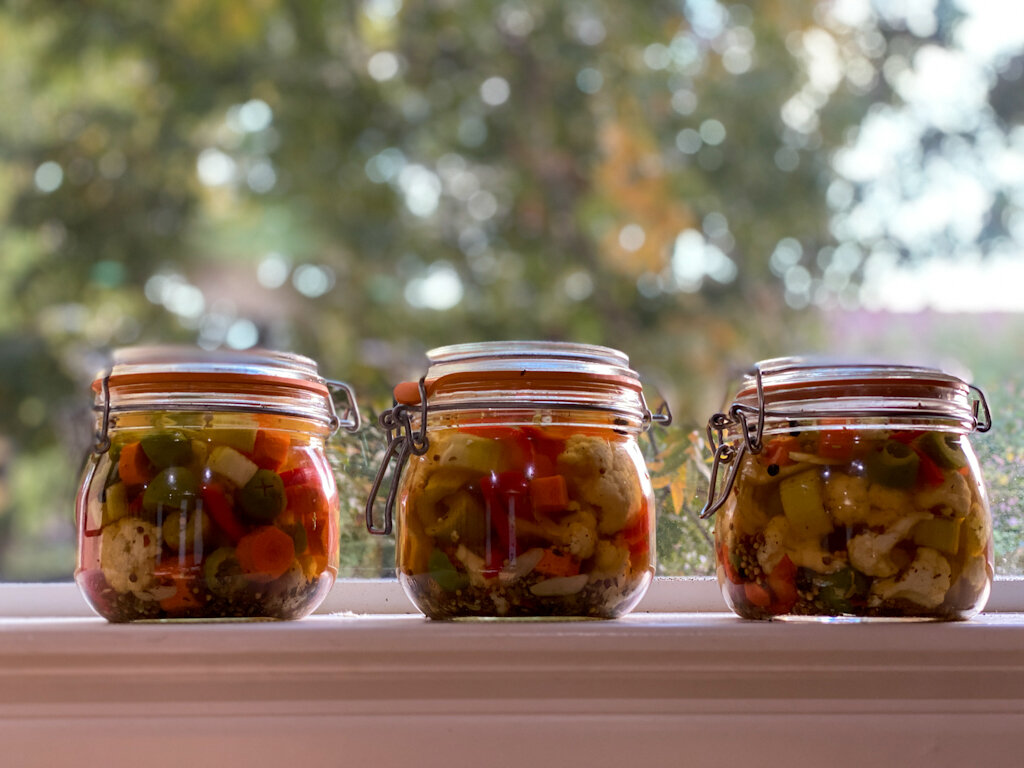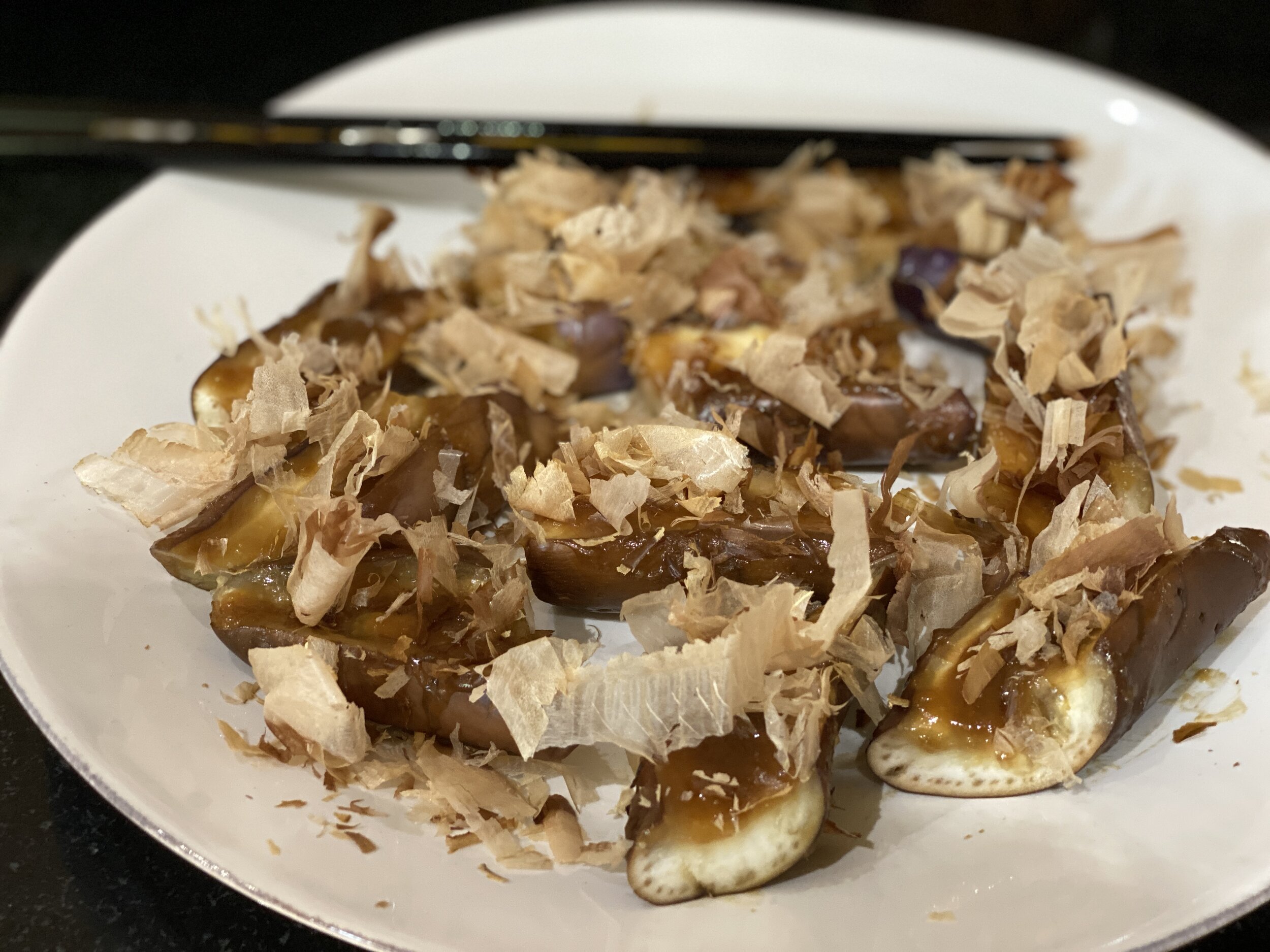By Leslie Brenner
Editor’s note: Women have a history of writing the best cookbooks. That’s why throughout March — Women’s History Month — we’ll be featuring cookbooks by our favorite female authors.
The Washington Post called her “the grande dame of Iranian cooking.” Yotam Ottolenghi called her its “goddess.” Super-chef José Andrés has called her “a wonderful guide to the Persian kitchen.”
We’re talking, of course, about Najmieh Batmanglij — the author of seven books, including Food of Life: Ancient Persian and Modern Iranian Cooking and Ceremonies; Joon: Persian Cooking Made Simple; Cooking in Iran: Regional Recipes and Kitchen Secrets and other titles.
I’m embarrassed to say that Batmanglij’s wisdom only came into my life last year, when I started exploring Persian cooking in earnest. Food of Life — the magnum opus that she first published in 1986, revised for a 2020 25th-anniversary edition and is once again updating — is a great place to begin, if you want to explore this magnificent cuisine.
Some of my happiest memories of annus horribilus 2020 involved Food for Life. For my late-September birthday, a masked celebration in the backyard of dear friends, my son Wylie and his girlfriend Nathalie prepared (at my request) an elaborate, insanely delicious rice dish from the book: Sabzi Polow,* Rice with Fresh Herbs. There are a full seven cups of fresh chopped herbs in the dish: dill, chives, parsley and cilantro, and it sports a crisp tah-dig crust. (Once I prepare it myself — soon! I’ll be sure to write about it.)
A couple months later, I spent a luxurious afternoon preparing abgusht-e morgh ba kufteh-ye nokhodchi — Persian chicken soup with chickpea-and-lamb meatballs. The aromas of dried rose petals, cardamom, saffron and fresh herbs lifted my spirits and transported me to another time and place.
The book has been on my mind lately because Nowruz — Persian New Year — begins this coming Saturday, the first day of spring. I can’t think of a better way to celebrate than with Batmanglij’s Fresh Herb Kuku, which is traditional for the holiday. It’s like a Persian frittata packed with dill, parsley, cilantro and spring onions, beautifully spiced (more rose petals!) and garnished with quick-confited barberries.
[If you’re cooking with kids this weekend, consider quick-ordering Batmanglij’s Happy Nowruz: Cooking with Children to Celebrate the Persian New Year.]
Najmieh’s other six books are all on my wish-list(Joon is at the top.)
Still if I had to choose only one cookbook to cook from for the rest of my life, I would seriously consider Food of Life. The 330-recipe volume has enough delicious culture in its 640 pages to keep me delighted cooking and discovering Iran for a long time.
RECIPE: Najmieh’s Fresh Herb Kuku
RECIPE: Persian Chicken Soup with Chickpea and Lamb Meatballs
Related story: “Take a moment to honor 98 year-old Diana Kennedy, the “Queen of Mexican regional cooking”
Related story: “Outstanding cookbook author Toni Tipton-Martin puts history at the center of the American table”
Related story: “Dorie Greenspan knocks it out of the kitchen with books about baking and French cooking”
*The dish is the vegetarian variation of Sabzi Polow Ba Mahi — Rice with Fresh Herbs and Fish. We dropped the fish as the dish was meant to accompany delicious lamb kebabs my friends grilled outside on the Weber.






